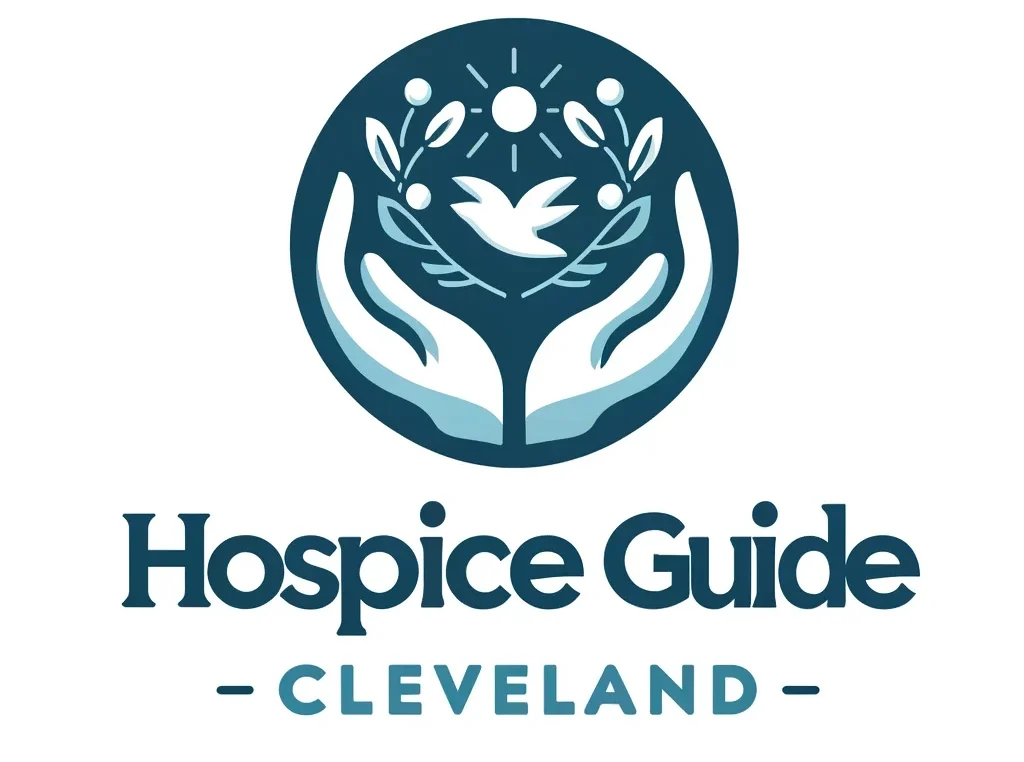Navigating the financial complexities of healthcare can be challenging, particularly when it comes to hospice care.
It’s a given that the focus should be on comfort and quality of life, yet the practical side of financing such essential care cannot be overlooked.
Hospice care is typically covered by various forms of insurance, including Medicare and Medicaid.
When it comes to private insurance, coverage for hospice care can vary widely based on individual policies and providers.

Private health insurance policies generally include provisions for hospice care, reflecting the understanding that end-of-life care is a critical component of healthcare services.
Determining how much of hospice care is covered by a private insurer involves looking at the specifics of the insurance plan, including the type of plan, the benefits it offers, and its terms and conditions.
While Medicare sets a precedent for hospice coverage, private insurers may have different requirements for eligibility and may cover different services or provide different levels of financial support.
Understanding private insurance coverage for hospice care is crucial for patients and their families to navigate this aspect of care with confidence and clarity.
Key Takeaways
- Hospice care coverage is often included in private insurance, but benefits vary.
- Eligibility and the extent of coverage differ across private insurance plans.
- Clear understanding of policy details is essential in managing hospice care costs.
Insurance Coverage for Hospice
Navigating through the complexities of hospice care coverage can be intricate.
It’s essential to understand the specifics of how private insurance plans contribute to hospice-related expenses, especially since coverage can differ widely among plans.
Private Insurance Plans
Private health insurance plans frequently cover hospice care services, offering relief from the financial burden during end-of-life care.
However, individual policy details, including benefits and coverage limits, vary by insurance companies.
These plans may be sourced from an employer, purchased directly, or through a Medicare Advantage plan.
Private insurers determine the extent and duration of covered services, which typically align with the Medicare Hospice Benefit.
This alignment means that most policies require the patient to have a terminal illness with a life expectancy of six months or less, as certified by a physician.
Moreover, insurance coverage for hospice usually includes medications, medical equipment, supplies related to the terminal illness, and services of the hospice team.
Some private insurance may extend benefits beyond what is covered by Medicare or Medicaid, potentially offering coverage for additional therapies or the inclusion of conditions not directly related to the terminal illness.
Tricare, for instance, provides coverage similar to Medicare for eligible retirees, veterans, and their family members.
It is crucial to consult with the respective private insurers to grasp the specifics of what is and isn’t covered, as policies may entail exclusions or specific criteria that need to be met.
Documentation such as physician certifications and proof of prognosis is typically required to access insurance benefits.
When choosing a hospice provider, it is advisable to verify whether the provider is in-network to maximize coverage and minimize out-of-pocket expenses.
This consideration is vital since out-of-network care may lead to higher costs for the insured.
Eligibility and Costs
Understanding eligibility criteria and the financial aspects of hospice care, including payment options and potential out-of-pocket expenses, is crucial for individuals considering hospice services.
Determining Eligibility
Eligibility for hospice care under private insurance typically hinges on a diagnosis of a terminal illness with a life expectancy of six months or less.
The patient’s physician and hospice medical director must certify the life expectancy, which must be periodically reviewed.
For those with Medicare Part A, similar eligibility requirements apply, including the need for a terminal prognosis.
Payment and Copayments
Once eligibility is established, private insurance plans generally cover the cost of hospice care either partially or in full, subject to the plan’s terms and conditions.
There may be copayments for specific services like prescriptions for pain and symptom management, which typically do not exceed a small amount stipulated by the insurance policy.
Medicare also includes a copayment for outpatient drugs, which can be as low as $5.
Managing Out-of-Pocket Expenses
Out-of-pocket expenses can arise from items or services not covered by the insurance policy.
These may include personal care items, room and board in non-home settings, or special treatments not directly related to terminal illness symptom management.
To manage these costs, patients should discuss with their insurer the extent of the hospice benefit, understand any deductibles or copays involved, and consider supplementary insurance or assistance programs to address any gaps in coverage.
Frequently Asked Questions
Navigating the financial aspects of hospice care can be complex. This section addresses specific concerns regarding payment and insurance coverage for hospice services.
What services are typically covered by private insurance for hospice care?
Private insurance usually aligns with Medicare coverage for hospice care, which typically includes nursing care, medications for symptom control and pain relief, medical supplies and equipment, and counseling services.
How do families manage the costs of hospice room and board?
Some insurance plans may not cover hospice room and board. Families often explore additional options like benefit periods to manage these costs or seek assistance from Medicaid if eligible.
To what extent does Medicare cover hospice services, and when does coverage end?
Medicare covers hospice services fully with no copayment for eligible individuals and does not have a fixed end date; coverage continues as long as a doctor certifies that the patient is terminally ill and meets the necessary criteria.
What options are available for paying for hospice care for those without insurance?
For those without insurance, hospice care may be paid through Medicare or Medicaid if eligible, and nonprofit hospices may provide care at a reduced cost or for free based on financial need.
Can hospice care and home health services be simultaneously billed to insurance?
Insurance typically does not cover simultaneous billing for hospice care and home health services, as hospice care already includes all necessary medical and support services deemed appropriate for the patient’s care.
What are the average costs associated with hospice care, and how do these affect payment methods?
The average costs for hospice care vary. They can often involve little to no out-of-pocket expenses for the patient or family when covered by insurance or other financing sources.
Payment methods depend on the patient’s coverage plan and eligibility for alternative funding.

